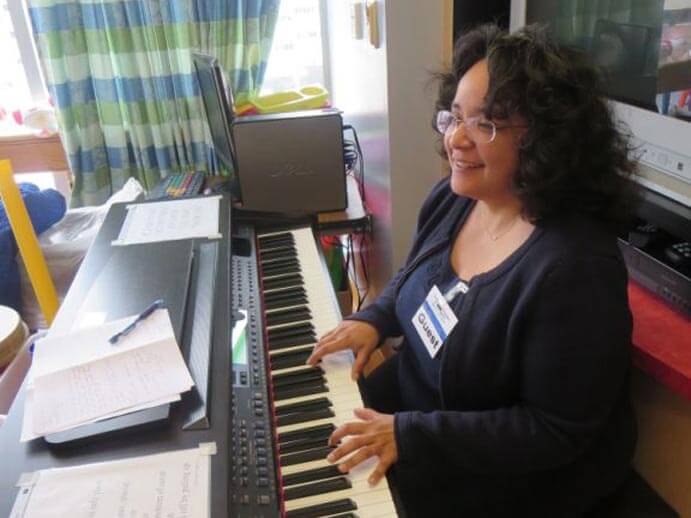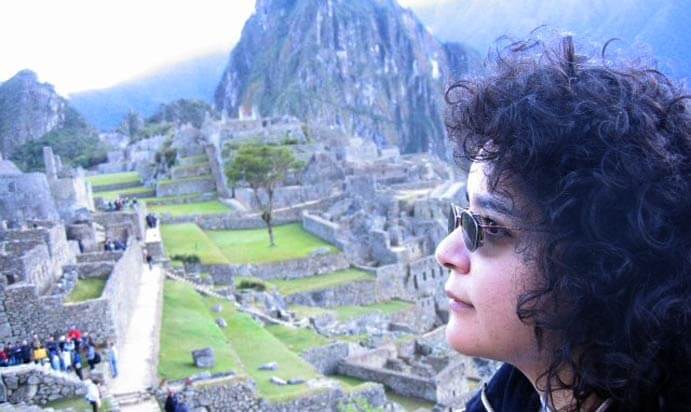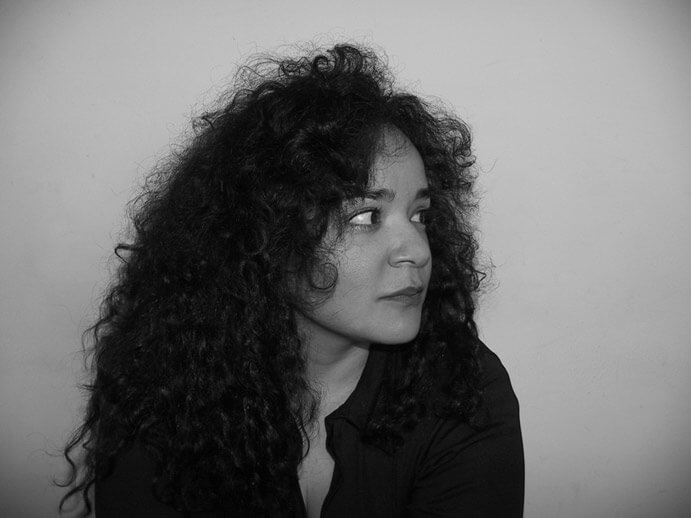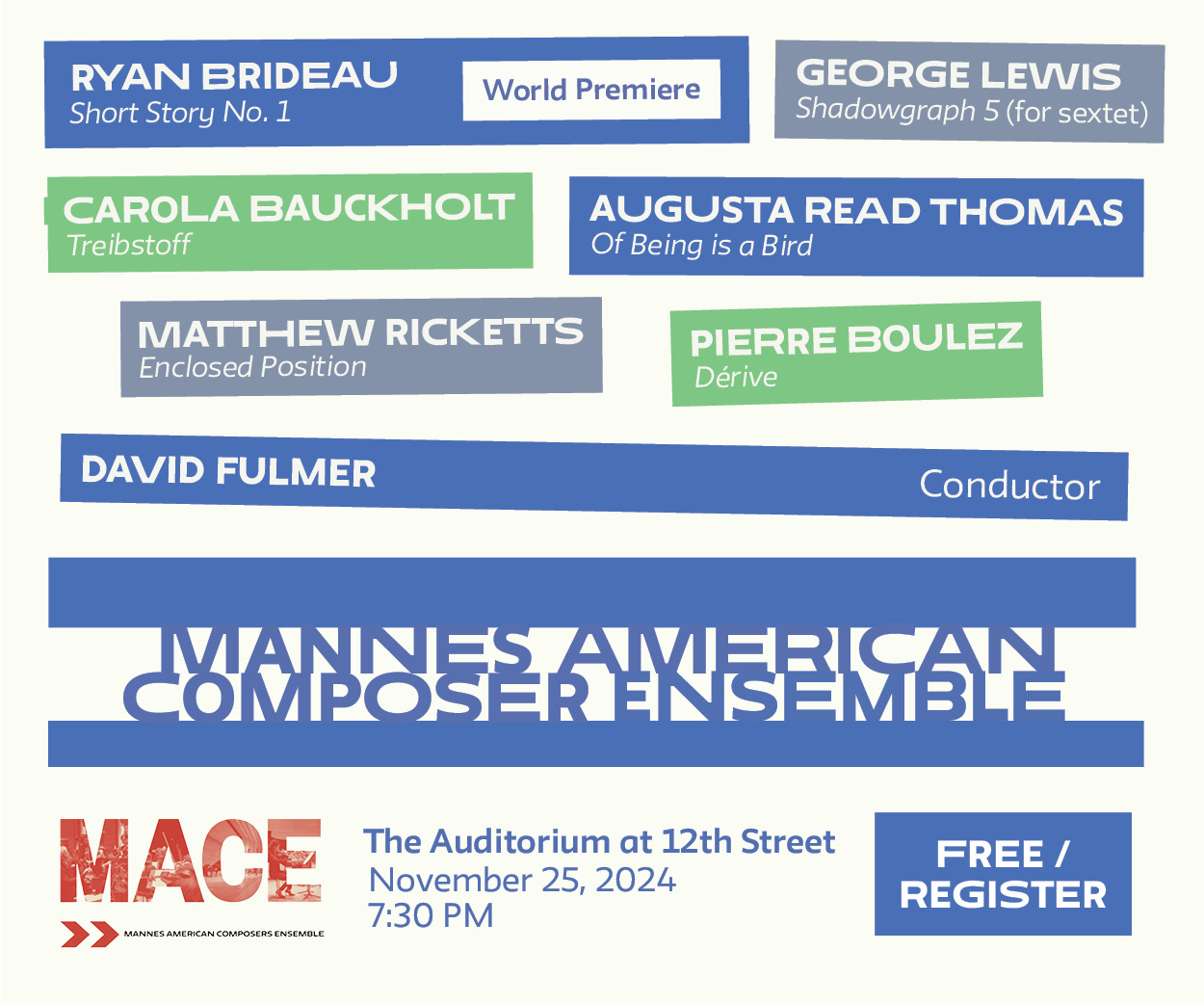Composer and pianist Gabriela Lena Frank is as busy as she can imagine being. She has just completed My angel, his name is Freedom, a commission from the Handel and Haydn Society which they will debut on June 18 at Symphony Hall in Boston as part of their bicentennial celebration. She currently serves as composer-in-residence with both the Houston Symphony and the Detroit Symphony Orchestra, a role that extends far beyond the confines of the concert hall. She is also composing a piano concerto she will premiere with the musicians of the Sphinx Organization, from whom she received the Sphinx Medal of Excellence in 2013.
How did you approach composing a new work for the Handel and Haydn Society, best known for historically informed performances on period instruments?
It’s incredibly humbling to me that an organization as venerated, long-lived, and indelibly stamped into our American history as the Handel and Haydn Society has asked me to join their tradition. They feel that my personal story as a multi-racial woman is distinctly American, and not an odd fringe cultural experience. My story, and many others like it, is expected to add to the society’s 200-year legacy.
One of the jobs of a composer is to be able to wear many hats while still carrying the essence of their own voice. It’s incredibly telling to look at a composer like Stravinsky, for instance, as he flirted with genres and styles from ragtime to the neoclassical, and yet remained so adamantly Igor. In like fashion, My angel, his name is Freedom might draw on predilections honed while exploring the sounds of my mother’s Peruvian ancestry – such as repeating rise-and-fall vocal lines typical of Andean traditions – but put these in service of a decidedly different task. Rather than focusing primarily on multi-cultural fusion, I’m asked to shift my sound world to the words of Ralph Waldo Emerson (instead of, say, an anonymous Quechua poem), and as always, I happily find that my preparation in one aesthetic arena can dance nimbly in another.
To that end, I’ve customized My Angel to take advantage of the finessed and pure sound of the Handel and Haydn Society musicians and singers, welding new compositional explorations to ideas that find roots, however distantly, in previous works of mine. I feel this is the most personal way I can both honor the past and look towards the future as befitting a bicentennial celebration.
What opportunities does serving as composer-in-residence with two major American orchestras provide?
I am very fortunate to currently serve as composer-in-residence with both the Detroit Symphony Orchestra and the Houston Symphony, the professional orchestras most closely associated with my two alma maters (Rice University and the University of Michigan). As I land squarely in my forties, I find these two positions timely, allowing a retrospective to see how far I’ve come. Furthermore, residencies like these help define an artist in terms of a very direct, immediate kind of relevance to the community. Instead of waiting years to see if your music has entered the repertory, residencies demand you to pull on skills today to serve an immediate need. In Detroit, for instance, I’ve been working with people ostensibly close to death – the very elderly at the American House senior living communities, and the gravely ill children at the Children’s Hospital of Michigan at Detroit Medical Center.

Gabriela Lena Frank at Children’s Hospital of Michigan (photo: Detroit Symphony Orchestra)
What can you tell us about the work you are composing for the Detroit Symphony?
Most composer residencies involve composing a new piece, and my work with Detroit is no different. I just had the pleasure of seeing a short work, Concertino Cusqueño (premiered by the Philadelphia Orchestra), performed by the DSO, and this experience gave me my inspiration for the large work that will be premiered in May of 2016. A concertino is a work that profiles a group of soloists, often players embedded within the orchestra. If one wishes to take the element of virtuosity and soloism further without writing an actual concerto for soloist and orchestra, one can write a “concerto for orchestra.” This form, of course, was taken to unprecedented heights by composers like Bela Bartok and Witold Lutoslawski, two heroes of mine, and I have yet to write one. So, bingo! I know what’s on the docket.
You’ve had a long association with the Sphinx Organization; what is your latest undertaking with them?
Right now I’m finishing up my latest work, a piano concerto with string orchestra for the pioneering Sphinx Organization, which aims to put more African Americans and Latinos into the ranks of working classical musicians. What makes this particularly exciting for me is that I’ll be the soloist with Sphinx’s young string players. Although my career has taken me firmly into the vocation of composing, from time to time, I do enjoy coming out of “retirement” as a performer, and I can imagine no better way to do it than this project.

Gabriela Lena Frank at Machu Picchu in Peru
How do you weave the threads of your heritage into your art as a composer?
I’m a hippie gringa-latina who still marvels, every single day, that I “get” to claim a place within Peruvian culture, albeit across a continent or two. I spent a great deal of time trying to understand this exotic land from my mother’s stories while growing up in Berkeley, CA in the seventies and eighties, and it’s from this place of imagination (bolstered by trips to Perú begun in my twenties) that I write my music. It’s totally subjective, personal, messy, and wholly mine. And I always hope that the message of exploration and wonder resonates with my musicians, my audiences, my students, and my family. I feel that when I go to Perú and view a festival or two, or visit a tiny museum tucked away in the Andes or a coastal fishing village, or eat sweet picarones bought from a vendor in the street, pieces of the puzzle are both added yet moved around to new places. New revelations and connections are made, and I pour all of this into music, the perfect receptacle. I consequently feel so very lucky that my job is one that constantly allows me to get closer and closer to myself.




















